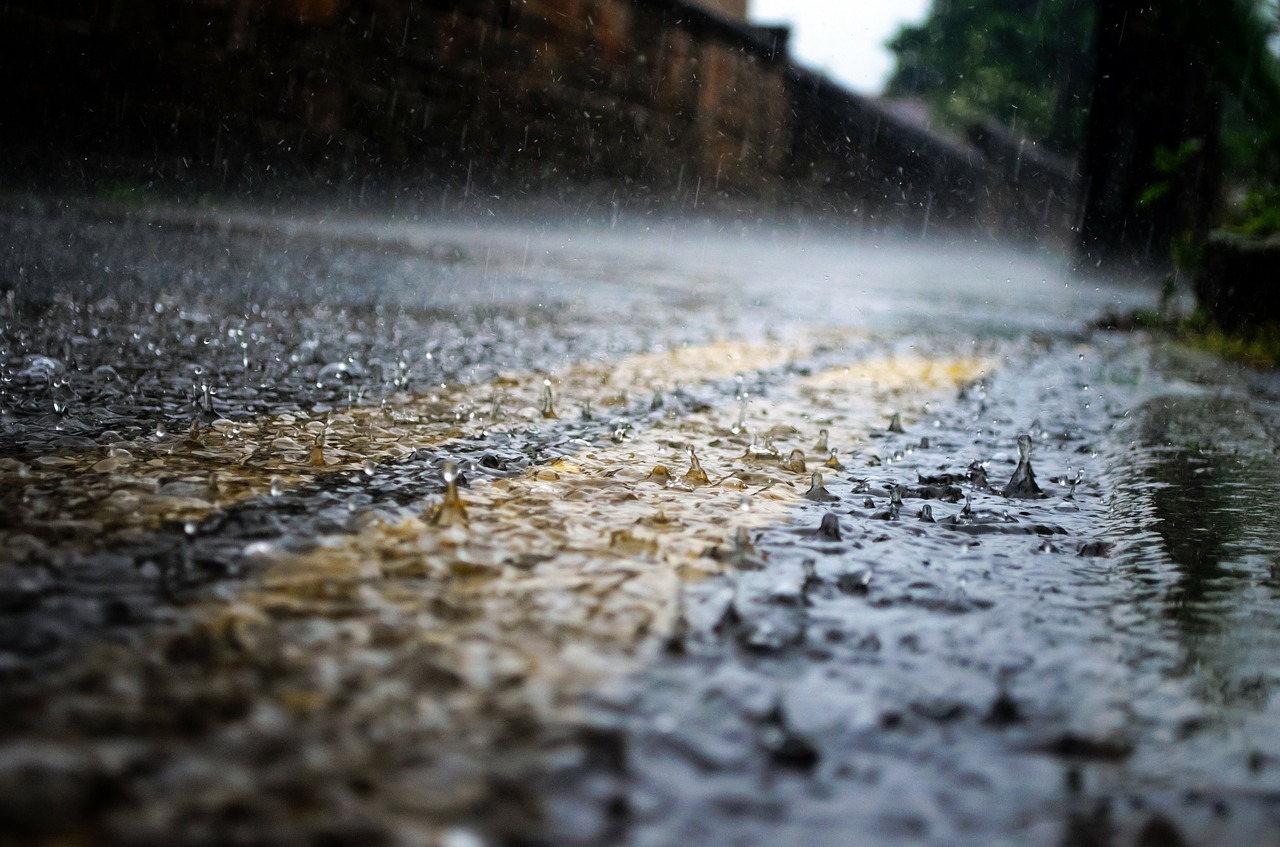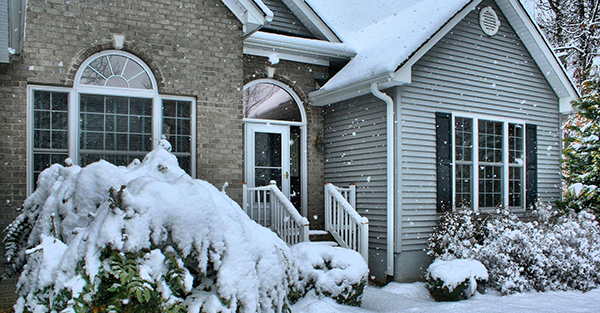
Since the roof is the cap of your home, it not only protects you from the elements but often ends up taking the hardest hits during intense storms. After a storm rolls through and throws rain, wind, hail, or debris at your home, you should carefully inspect your roof for signs of damage.
Strong Winds
Whether a tornado got a little too close for comfort or you experienced strong winds during an intense thunderstorm, the damage to your home could be substantial. After the storm is safely past, walk out onto your lawn and look up at your roof to see if you can spot any damage. It might help to grab a pair of binoculars to get a better look. We advise you never to climb up on your roof after a storm for a couple of reasons.
- The surface could be wet and slick, and you could slip and fall.
- If your roof is damaged, it could have weak spots in its structure, and walking on it will only make it worse.
Look for lifting, curling, or missing shingles, broken seals between shingles, and missing granules. See Owens Corning’s “Signs of Storm Damage” page for images. If you notice any of these problems, your home will be susceptible to leaks, and your roof deck and underlayment will be left exposed to the elements, such as harmful UV rays that can cause materials to rapidly deteriorate.
Check your shingle manufacturer’s warranty to determine the wind coverage. If the warranty covers the damage, you can file a claim with your shingle manufacturer; otherwise, you’ll have to file an insurance claim.
Fallen Tree Branches
If tree branches that were hanging over your home broke off during the storm, they could have caused serious structural damage. Even small pieces of debris can crack or pull off shingles. Larger branches that fall on your home could put you and your family in danger. If a tree or large branch falls on your home during a storm, follow these steps immediately:
- Evacuate everyone from the house.
- Call 911.
- Contact your insurance company.
- Call your roofing contractor.
- Stay out of your home until repairs are made.
If your home is safe to stay in, you still need to file an insurance claim and contact your roofing contractor to inspect your roof for damage.
Hail
Hail can dent, bruise, and crack your shingles, leaving them weak and vulnerable. Look for less noticeable signs of damage like missing granules and piles of granules in your gutters and downspouts. If your shingles have been damaged by hail, water could easily seep through your roof and into your home during the next rain. You may want to file an insurance claim if you have hail damage.
Storm Damage Checklist
Here’s a quick storm damage checklist to work your way through after a storm passes.
- Walk around your home and take photos of any damaged areas you spot.
- Inspect your gutters and windows. Look for cracks in glass, tears in screens, and dents in gutters.
- Look for broken tree limbs and damage to any of your property.
- Keep an eye on ceilings, your attic, and light fixtures for any signs of leaks.
- Call your insurance company to file a claim and schedule an inspection.
- Call a local, trustworthy roofing contractor to inspect your roof and give you an estimate if repairs are needed.
If you don’t notice any obvious damage, it’s still wise to have a professional inspect your roof carefully for you. Some types of damage are very difficult to detect, especially for the untrained eye. Be sure to work with an insured, licensed, local contractor, and beware of storm chasers making their way through your area soon after your home has been hit.
To prepare your home for the next severe storm, check out our guide to severe weather.
Hedrick Construction is an Owens Corning Platinum Preferred Contractor in Huxley, IA. We serve customers in Ames, Des Moines, and everywhere in between. Visit our roofing services page to learn more.








Comments